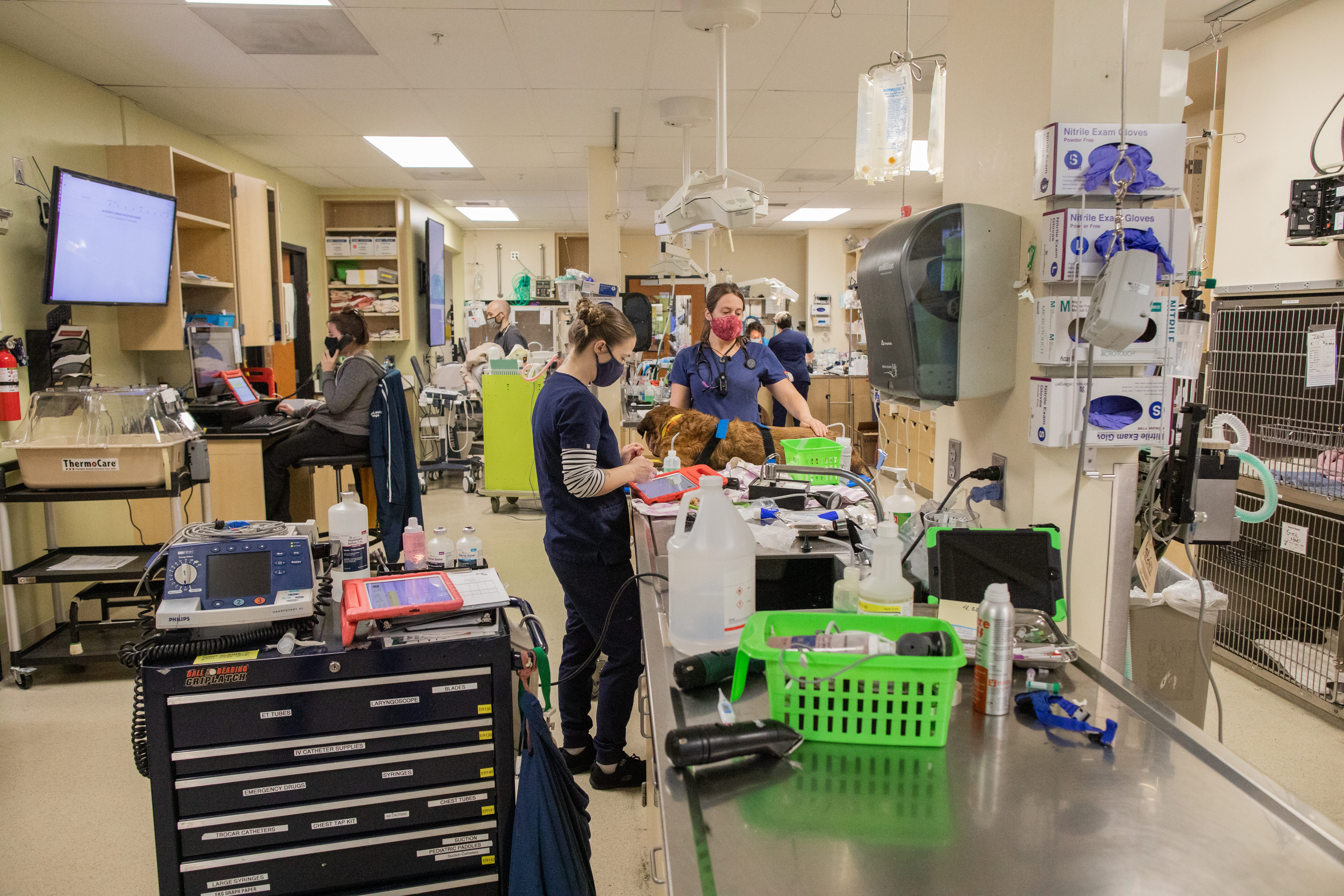A Generation of Changes in Veterinary Medicine

I’ve been a veterinary technician for over 25 years. I call myself the, “longest continually employed veterinary technician” in the history of veterinary medicine. So far, I have not met anyone with more longevity in the profession. A lot has changed in the world of veterinary medicine over the last decade. Where do I start?
I have to start with pets themselves. The human-companion animal bond was just beginning to be recognized when I started out in 1976. The importance and benefits of pet ownership had not been given credibility until relatively recently. People have owned pets for thousands of years, but mainstream recognition and acceptance of how they benefit us and enrich our lives is a relatively new development. We take our pets everywhere- buying them clothing, new gear, and high-end diets that are sometimes more exquisite than the food we eat ourselves. When I started working as a tech, it was common for someone who had a pet die recently to hear something like, “Sorry to hear about your dog, but it was just a dog after all.” Now, we see websites, blogs, Facebook pages, and all sorts of memorial services to honor a pet that has died. People across the world who may have never met the pet still share condolences with a grieving pet owner. DoveLewis’ Pet Loss Support Program is a great example of a program that was developed to honor the human-animal bond, and its popularity speaks to the number of people it has helped during times of grief. Pets are no longer just pets, they have become beloved family members that are irreplaceable. And rightly so.
Medicine, of course, has been a part of their increased longevity. We know more about the disease we treat, have better drugs, techniques, equipment, and facilities. We monitor anesthesia with multiple machines and techniques to make it safer and possible to do longer, more complicated procedures. Treating broken bones or even amputations are common surgeries that owners are willing to put their money and heart into, even if the prognosis is guarded. The developments in laboratory equipment and technology allow us to get quick and accurate results in our own hospitals. Treating things like root canals, crowns, and routine dental cleanings are the bread and butter of many general practices that would not have survived 20 years ago. Other specialties and developments in technology- both traditional and non-traditional- help us keep patients pain free. Acupuncture, chiropractic, massage, and laser therapy, are all examples of mainstream solutions that our clients are considering.
Better nutrition has also been a big player in the longevity of our pets. Down to the gerbil and parakeet, the peacock, and the koi in someone’s pond, pet nutrition is making huge strides for all species of animals. There is a lot of money and resources put into marketing- since after all pets don’t buy their own food, people do. Packaging, appearance, and product influencers are all done to attract the human buyer. However, there has also been a lot of money put into research. Years ago, we were just finding out about a lack of taurine in diets has the potential to lead to serious heart disease in cats and some dogs. We are also regularly talking about food allergies and intolerances, that has led to all sorts of foods that are grain-free, novel protein, organic, prescription, free-range, diets.
Fortunately, with all of this commitment on the part of the owners, we see our pets living better quality lives and for significantly longer (on average). Owners are willing and even demanding better medicine, better nutrition, better training, and better everything for their pets. So the animal- whether a cat, dog, Guinea pig, or lizard- benefits. It will be interesting to see the direction veterinary medicine takes over the next 25 years, and I’m excited to be a part of it.


